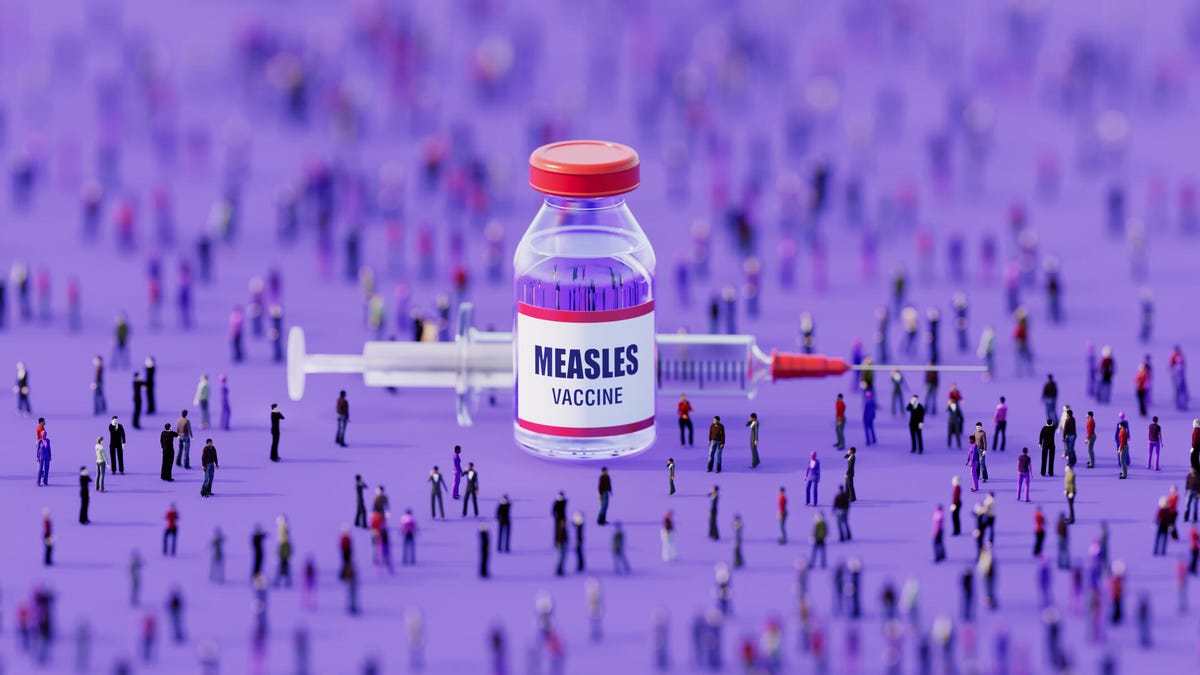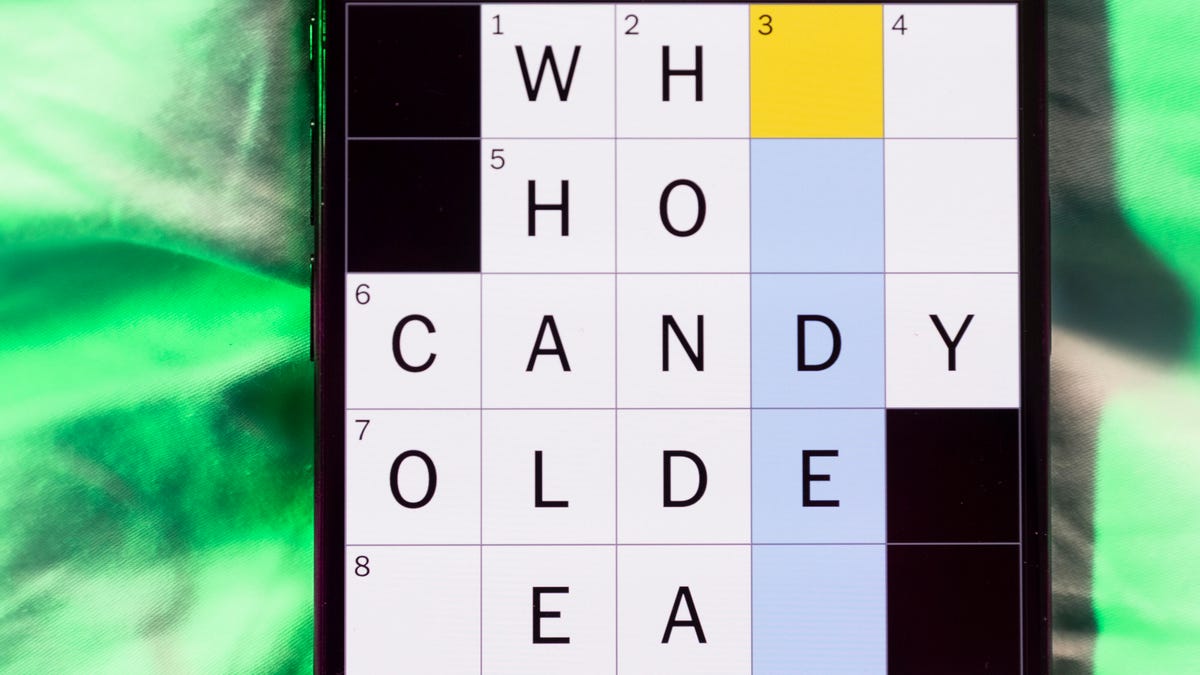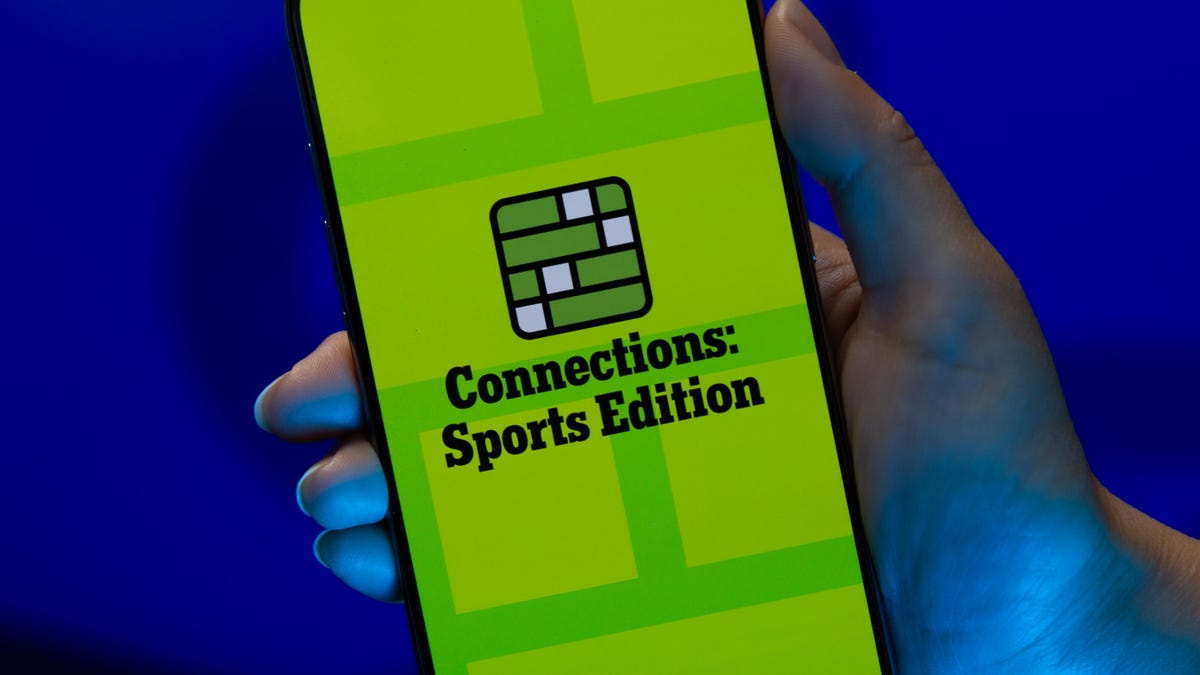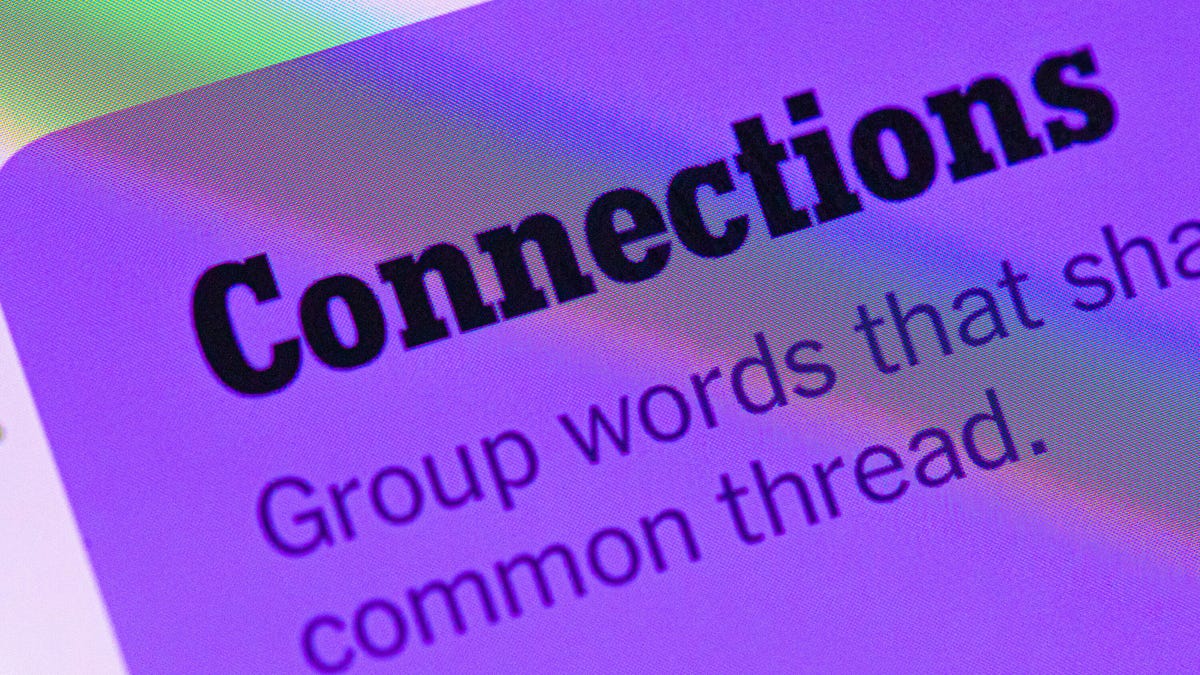Technologies
What Does Measles Look Like in Adults? We Ask Doctors Who Should Get Vaccinated Again
As measles cases continue to increase in the United States, this is what you should know about symptoms and your MMR vaccine status.

As of April 18, the Centers for Disease Control and Prevention reports that there have been 10 outbreaks and 800 confirmed measles cases in 25 US states in 2025. Of these cases, 96% of those affected are unvaccinated or have an unknown vaccine status. There have been two confirmed deaths caused by measles and one death that is still under investigation.
The Texas Department of State Health Services reports that, primarily in West Texas, 624 cases have been confirmed. Both deaths also occurred in two school-aged children who lived in Texas’s South Plains outbreak area. Both children were not vaccinated.
According to the CDC, two doses of the MMR (measles, mumps and rubella) vaccine are 97% effective at preventing measles, while one dose is 93% effective. It is uncommon for someone who is fully vaccinated to develop measles. To learn more about measles symptoms and whether you need to get vaccinated again, we spoke with doctors for their expert insights.
What does measles look like in adults and children?
Measles is one of the world’s most contagious viruses with a number of symptoms to look out for — most notably a rash and fever, according to the CDC. The virus is spread through the air, and once infected, measles attacks your respiratory tract.
The Cleveland Clinic notes that there is no cure for measles, and measles just has to «run its course.» However, the best protection from it is a measles vaccine, which is typically given to babies in the form of the MMR (measles, mumps and rubella) vaccine.
Measles typically manifests at first as a «very specific rash that starts from the face and spreads down your body,» says Dr. Yoshua Quinones, board-certified internist with Medical Offices of Manhattan. Other common side symptoms to watch out for include «high fever, cough, runny nose and watery or red eyes.»
Quinones adds, «Occasionally, you may see small white spots inside your mouth. These are named Koplik spots.»
While measles can and will make anyone sick, the CDC reports that it is especially dangerous for children younger than 5. This is because children have undeveloped immune systems and are at a higher risk of illnesses, making them vulnerable — especially if they haven’t been vaccinated.
How does the measles vaccine work?
The measles vaccine protects people from getting measles. It’s known as the MMR, because it’s combined with the vaccines for mumps (a contagious viral infection that affects the salivary glands) and rubella (another contagious viral infection that typically starts with a red facial rash). You may also see the MMRV, which includes a vaccine for varicella or chickenpox.
«The vaccine is a live virus that is introducing a very weak form of measles so your body can practice fighting it off,» says Quinones. «This will prepare your immune system to fight against measles if you’re exposed.»
One dose is typically given during infancy, with a second dose to follow a few years later. The vaccination is especially important for children because their immune systems are weaker. This is why both doses are recommended before they are in school, where they will be exposed to more children (and more germs).
Who should get the measles vaccine?
Measles vaccines are typically given to all children. The first vaccine is usually given between 12 and 15 months of age and the second one is given between 4 and 6 years of age before children go to school, according to the CDC. The ages can vary, though, as long as the doses are properly spaced out.
Vaccines can also be given to adults who haven’t previously been vaccinated or are not immune, although they typically only get one dose. Dr. Omar Al-Heeti, an assistant professor of medicine at Southern Illinois University who practices internal medicine with a specialty in infectious diseases, and one of CNET’s medical reviewers, adds that adults born during or after 1957 should have at least one dose of the MMR vaccine or presumptive evidence of immunity.
According to Al-Heeti, presumptive evidence of immunity is defined as one of the following:
- Written documentation of vaccination with two doses of live measles or MMR vaccine administered at least 28 days apart
- Laboratory evidence of immunity (positive serum IgG)
- Laboratory confirmation of disease
- Birth before 1957 (According to the CDC, although birth before 1957 is considered presumptive evidence of immunity, for unvaccinated health-care personnel (HCP) born before 1957 who lack laboratory evidence of measles immunity or laboratory confirmation of disease, health-care facilities should consider vaccinating personnel with two doses of MMR vaccine at the appropriate interval.)
The CDC recommends that adults who work in the health-care field, attend college or university, or travel internationally get two doses separated by at least 28 days, as they are deemed to be at higher risk for acquiring the infection.
Should you get a measles booster if you were already vaccinated?
Despite the ongoing measles outbreak, there is likely no need to get an additional measles vaccine — unless you aren’t fully vaccinated already or have proven immunity (previous infection/exposure).
«If someone is fully vaccinated against measles (two doses) and has not had a major immunocompromising condition occur (e.g., organ transplant), their immunity should be sufficient with no need for further dosages,» says Amesh A. Adalja, an infectious disease specialist and a senior scholar at Johns Hopkins Center for Health Security.
The first measles vaccine dose is usually given to infants and toddlers, with the second dose given during the childhood years. If the second dose was never given, someone could be at higher risk for measles and would, in fact, benefit from another measles vaccine now.
A recent report noted that some people originally vaccinated in the 1970s and 1980s may need a new vaccine because the original wore off. This could be because they were only given one dose and the vaccine has evolved since then, and it was potentially not caught in some people’s medical records.
«If you already have your full series, you don’t need an additional dose; however, I highly recommend checking your titers if you have any doubts,» Quinones says. «An extra shot will never add extra protection because you’re very well protected.» According to Mount Sinai, an antibody titer test measures the level of antibodies in a blood sample to see which vaccines you may need.
Ask your primary care doctor to check your vaccination status to see if your MMR vaccination is up to date and to see if you may need a booster. If it’s current and you are not immunocompromised, you likely do not need an extra shot. The CDC also notes that adults who have received a single dose and have «presumptive evidence of immunity» — documentation of vaccination or immunity — don’t need to get another one.
Who shouldn’t get the measles vaccine?
While the measles vaccine is generally considered safe, some groups of people are advised to avoid it. Quinones recommends that pregnant people not get the vaccine. It is also advised to wait at least a month after giving birth before getting a vaccine.
The CDC also recommends that people who had an allergic reaction to the first MMR vaccine hold off on getting the second dose. In addition, people with any «severe, life-threatening» allergies should consult their doctor before getting vaccinated because it may not be safe.
Those with weakened immune systems should also consult their doctor about getting the vaccine, especially if it is because of disease or medical treatment. If immunodeficiencies run in the family, this could also cause an issue with the shots.
The vaccines can also potentially react with recent blood transfusions so it’s not recommended to get the MMR or MMRV within at least three months of receiving blood from someone. You should also not get the vaccine if you currently have tuberculosis or bruise or bleed easily, according to the CDC.
The MMR doses need to be spaced out by at least 28 days, and you should also not get one of these doses if you’ve had another vaccine within 28 days as well. It’s also important to let your health-care provider know if you’ve been sick recently — with any sort of illness — so they can advise if it’s still safe to vaccinate. If you’re a parent bringing in a child for vaccination, also advise the doctor if the baby has been sick or shown any previous symptoms of concern.
Or if you were born before 1957, you may already have immunity.
Is the measles vaccine safe?
According to medical experts and the CDC, the measles vaccine is safe and effective. Some slight side effects may occur after getting the shot, but they are generally minor and go away quickly.
«The measles vaccine may cause fever, chills and muscle aches/pains in the days after injection,» Adalja said.
Quinones also points out that it’s possible to feel sore at the injection site following the shot.
Beyond this, the CDC reports that it’s possible to see some swelling in the cheeks or neck and in rare cases, a bleeding disorder that will eventually resolve itself. In more severe cases, it’s possible to have an allergic reaction to the vaccine, which would require calling 911 right away, especially if there’s trouble breathing, intense swelling or dizziness.
The CDC also reports a small link between the MMR vaccine and febrile seizures, but it is rare and not linked to long-term effects. However, the organization recommends that parents vaccinate their children early to lessen the chances of this occurring.
The CDC also calls out the notion that vaccines were once linked to autism and shuts down any possibility that the two are related to each other, citing experts and research. The CDC states, «There is no link between autism and vaccines that contain thimerosal as a preservative.»
Does health insurance cover the measles vaccine?
Typically, all Health Insurance Marketplace plans and private insurance plans offer the MMR vaccine (as well as other common vaccines) without charging a copayment or coinsurance, as long as you’re with an in-network provider, according to the CDC. Medicare likely also covers the vaccine, whether on Part B or Part D, and so does Medicaid, but it’s always best to double-check with your medical facility and with Medicare or Medicaid to be certain.
Military benefits can also vary depending on coverage, but the MMR vaccine will most likely be covered, as the CDC recommends it be covered across the board.
The bottom line
Despite the outbreak that is currently happening in the United States, people do not need to get another measles vaccine if they’ve already sufficiently been vaccinated. However, doctors suggest checking with your health-care provider if you have any concerns about the efficacy of the vaccinations you received and to find out if a booster shot could be necessary, especially if there is an outbreak in your community. If so, experts make it clear that the measles vaccine is safe and will protect you from the virus.
Technologies
Today’s NYT Mini Crossword Answers for Friday, Dec. 26
Here are the answers for The New York Times Mini Crossword for Dec. 26.

Looking for the most recent Mini Crossword answer? Click here for today’s Mini Crossword hints, as well as our daily answers and hints for The New York Times Wordle, Strands, Connections and Connections: Sports Edition puzzles.
Need some help with today’s Mini Crossword? Some of the clues are tough today — I thought maybe 1-Across was referring to the Grinch, or even Oscar the Grouch, but was I ever wrong! Read on for all the answers. And if you could use some hints and guidance for daily solving, check out our Mini Crossword tips.
If you’re looking for today’s Wordle, Connections, Connections: Sports Edition and Strands answers, you can visit CNET’s NYT puzzle hints page.
Read more: Tips and Tricks for Solving The New York Times Mini Crossword
Let’s get to those Mini Crossword clues and answers.
Mini across clues and answers
1A clue: Furry and green, say
Answer: MOSSY
6A clue: State known for its potatoes
Answer: IDAHO
7A clue: Like a faithful friend
Answer: LOYAL
8A clue: Had a beverage
Answer: DRANK
9A clue: Pronoun frequently paired with «her»
Answer: SHE
Mini down clues and answers
1D clue: Not spicy, as salsa
Answer: MILD
2D clue: Reasons for wrinkled noses
Answer: ODORS
3D clue: Words from a doctor checking your tonsils
Answer: SAYAH
4D clue: Comedian Gillis
Answer: SHANE
5D clue: Part of an egg used to make hollandaise sauce
Answer: YOLK
Don’t miss any of our unbiased tech content and lab-based reviews. Add CNET as a preferred Google source.
Technologies
Today’s NYT Connections: Sports Edition Hints and Answers for Dec. 26, #459
Here are hints and the answers for the NYT Connections: Sports Edition puzzle for Dec. 26, No. 459.

Looking for the most recent regular Connections answers? Click here for today’s Connections hints, as well as our daily answers and hints for The New York Times Mini Crossword, Wordle and Strands puzzles.
Today’s Connections: Sports Edition is a tough one. That purple category once again has players looking for a different, but related, hidden word in four of the clues. If you’re struggling with today’s puzzle but still want to solve it, read on for hints and the answers.
Connections: Sports Edition is published by The Athletic, the subscription-based sports journalism site owned by The Times. It doesn’t appear in the NYT Games app, but it does in The Athletic’s own app. Or you can play it for free online.
Read more: NYT Connections: Sports Edition Puzzle Comes Out of Beta
Hints for today’s Connections: Sports Edition groups
Here are four hints for the groupings in today’s Connections: Sports Edition puzzle, ranked from the easiest yellow group to the tough (and sometimes bizarre) purple group.
Yellow group hint: Big Apple jock.
Green group hint: College football fun.
Blue group hint: On the road.
Purple group hint: Hunt down a word in other words.
Answers for today’s Connections: Sports Edition groups
Yellow group: A New York athlete.
Green group: Bowl games.
Blue group: Associated with a team road trip.
Purple group: Ends in a movement verb.
Read more: Wordle Cheat Sheet: Here Are the Most Popular Letters Used in English Words
What are today’s Connections: Sports Edition answers?
The yellow words in today’s Connections
The theme is a New York athlete. The four answers are Islander, Net, Ranger and Yankee.
The green words in today’s Connections
The theme is bowl games. The four answers are Alamo, Gator, Liberty and Pinstripe.
The blue words in today’s Connections
The theme is associated with a team road trip. The four answers are bus, flight, hotel and visiting locker room.
The purple words in today’s Connections
The theme is ends in a movement verb. The four answers are foxtrot (trot), newsprint (sprint), terrace (race) and thunderbolt (bolt).
Don’t miss any of our unbiased tech content and lab-based reviews. Add CNET as a preferred Google source.
Technologies
Today’s NYT Connections Hints, Answers and Help for Dec. 26, #929
Here are some hints and the answers for the NYT Connections puzzle for Dec. 26 #929

Looking for the most recent Connections answers? Click here for today’s Connections hints, as well as our daily answers and hints for The New York Times Mini Crossword, Wordle, Connections: Sports Edition and Strands puzzles.
Today’s NYT Connections puzzle is full of fun pop-culture references. Read on for clues and today’s Connections answers.
The Times has a Connections Bot, like the one for Wordle. Go there after you play to receive a numeric score and to have the program analyze your answers. Players who are registered with the Times Games section can now nerd out by following their progress, including the number of puzzles completed, win rate, number of times they nabbed a perfect score and their win streak.
Read more: Hints, Tips and Strategies to Help You Win at NYT Connections Every Time
Hints for today’s Connections groups
Here are four hints for the groupings in today’s Connections puzzle, ranked from the easiest yellow group to the tough (and sometimes bizarre) purple group.
Yellow group hint: Golden state cliches.
Green group hint: Funny films.
Blue group hint: Rock on.
Purple group hint: Not white.
Answers for today’s Connections groups
Yellow group: California-based character tropes.
Green group: Comedy subgenres.
Blue group: ’70s rock bands.
Purple group: Black ____.
Read more: Wordle Cheat Sheet: Here Are the Most Popular Letters Used in English Words
What are today’s Connections answers?
The yellow words in today’s Connections
The theme is California-based character tropes. The four answers are movie exec, surfer, tech bro and Valley Girl.
The green words in today’s Connections
The theme is comedy subgenres. The four answers are buddy, cringe, screwball and stoner.
The blue words in today’s Connections
The theme is ’70s rock bands. The four answers are America, Chicago, Foreigner and Journey.
The purple words in today’s Connections
The theme is black ____. The four answers are Forest, Friday, Panther and Widow.
Don’t miss any of our unbiased tech content and lab-based reviews. Add CNET as a preferred Google source.
-

 Technologies3 года ago
Technologies3 года agoTech Companies Need to Be Held Accountable for Security, Experts Say
-

 Technologies3 года ago
Technologies3 года agoBest Handheld Game Console in 2023
-

 Technologies3 года ago
Technologies3 года agoTighten Up Your VR Game With the Best Head Straps for Quest 2
-

 Technologies4 года ago
Technologies4 года agoBlack Friday 2021: The best deals on TVs, headphones, kitchenware, and more
-

 Technologies4 года ago
Technologies4 года agoVerum, Wickr and Threema: next generation secured messengers
-

 Technologies4 года ago
Technologies4 года agoGoogle to require vaccinations as Silicon Valley rethinks return-to-office policies
-

 Technologies4 года ago
Technologies4 года agoOlivia Harlan Dekker for Verum Messenger
-

 Technologies4 года ago
Technologies4 года agoiPhone 13 event: How to watch Apple’s big announcement tomorrow
